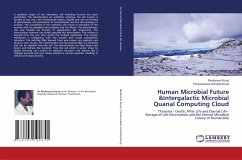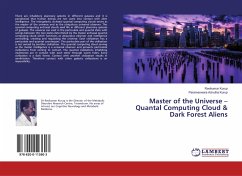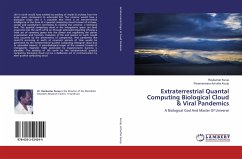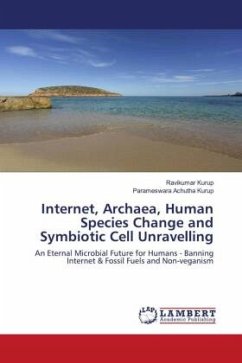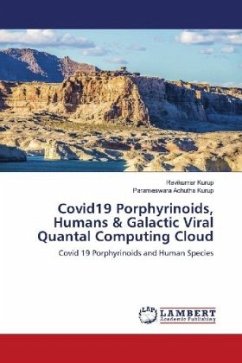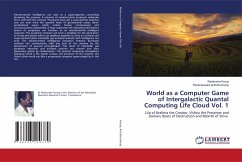A symbiotic origin of the eukaryotic cell including humans has been postulated. The mitochondria are symbiotic rickettsia, the cell nucleus is formed of pox virus, the microtubular system, flagella and cilia are formed of spirochaetes, the peroxisome of acinetobacter and the cell envelope of archaea. The unravelling of the symbiotic cell results in expulsion of the archaea with its cytoplasm and enzymes into the blood. The microtubules, cilia and flagella are formed of spirochaetes like treponema. The microtubular network can divide asexually like spirochaetes. The nucleus is derived from the pox virus which the archaea symbiosed. The nuclear membrane is contiguous with the smooth and rough endoplasmic reticulum. This cell-free DNA derived from pox viruses can replicate and produce new viruses. The mitochondria and its bacterial DNA is a rickettsia and can be expelled from the cell. The mitochondria can have fission and fusion and behave like bacteria. Thus the cell which is under stress by global warming can unravel its symbiotic structure and behave like a multiple bacterial and viral colony without a central organizer resulting in cellular and tissue anarchy.

